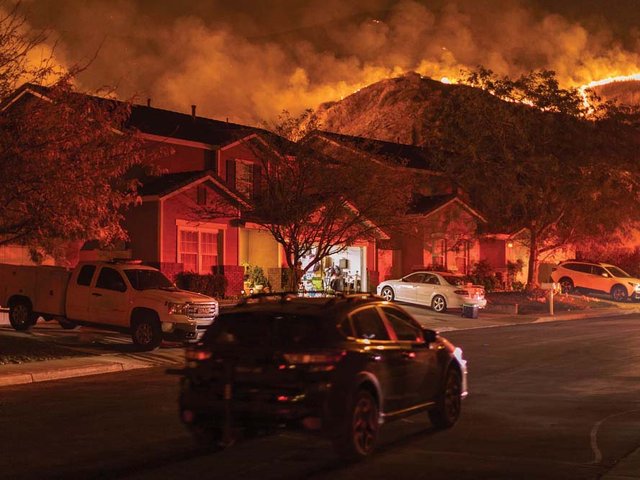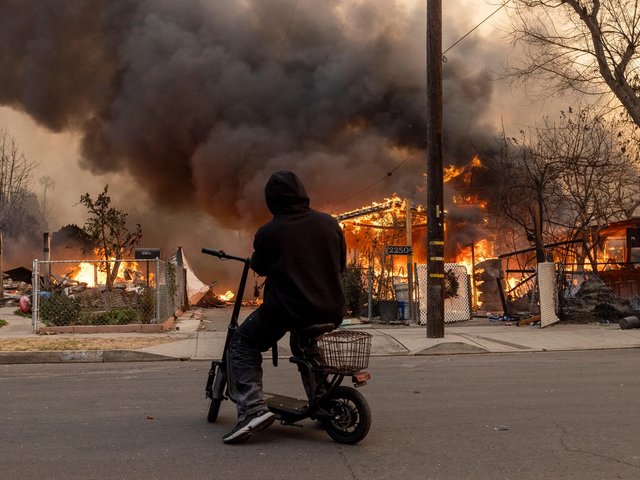The insurance industry is becoming increasingly wary of providing coverage for major art fairs like Art Basel Miami Beach, and specialist warehouses which store art.
Industry specialists say some firms have dramatically reduced their fine art exposure this year, which has removed hundreds of millions of dollars from the total available to the global fine art insurance industry at any one time. This has caused serious problems at events like art fairs where value accumulates in one place and a single catastrophe could destroy an entire facility.
“Some reinsurers [the firms that protect specialist fine art companies] have looked at their catastrophic exposures, from floods to earthquakes, and have pulled back dramatically on the amount they feel they can assume in the event there is a major loss. This [has impacted] Miami Basel in a big way,” explained Steven Pincus, managing director and head of fine art at New York’s DeWitt Stern.
Economic conditions are a major factor in this, according to Jennifer Schipf, a senior underwriter with XL Global Services in New York. “Like any large, publicly traded companies, reinsurers are looking to de-risk their portfolios and substantiate sound investment strategies to their shareholders. They are simply doing the math and saying: ‘We’ve got enormous exposures for incredibly high-value artworks that move around in crates and [sometimes] in people’s own personal vehicles.’”
The problem is aggravated by the fact that dealers are rarely able to confirm which works they are taking until the last minute. “They may be trying to work on consignments from other dealers or collectors,” said Pincus, adding that dealers might not be able to confirm their fair inventory “until the truck gets closed up, and off to Florida it goes”. The knock-on effect is that insurance companies “can’t give a firm commitment [to provide coverage] until a few days before the fair begins,” explained Pincus.
“A particular insurance company may be ‘done’, meaning they have maximised the amount they can insure and cannot go beyond that because…they won’t be able to buy re-insurance,” added Pincus. As a result, “what US insurance brokers have had to do this year for the first time is line up additional insurance capacity on the London market—whether or not we end up using it,” he added.
Richard Northcott, executive director of the art, jewellery and private client division at London’s Heath Lambert, thinks the industry needs to find solutions for the problem. “By discussing this in depth with all the specialist insurers that we deal with, some may decide to seize the opportunity to write more business, by expanding their individual capacities. My hope is that this will balance against other insurers who are cutting back on these exposures, who have caused the problem in the first place.”



